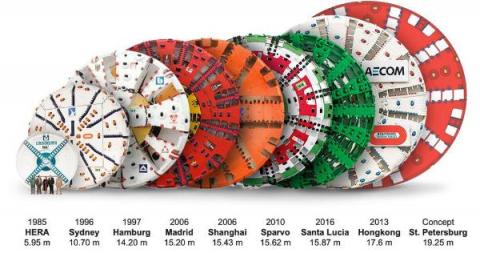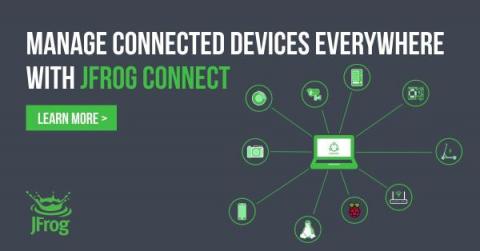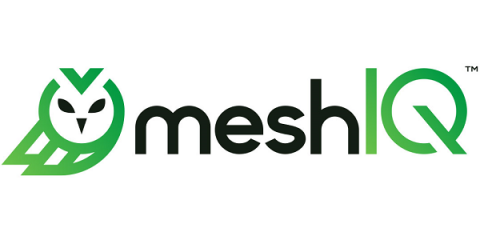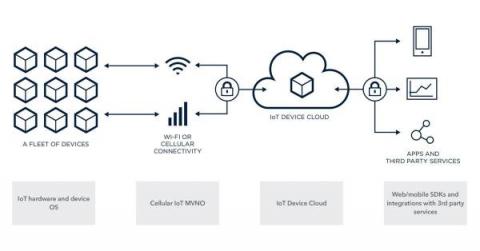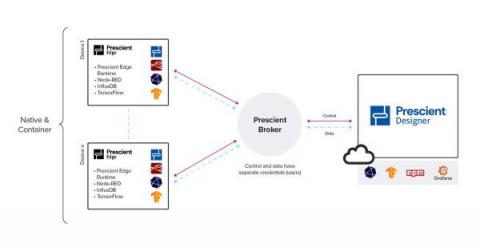InfluxData Announces InfluxDB Edge Data Replication
SAN FRANCISCO, June 15, 2022 – InfluxData, creator of the leading time series platform InfluxDB, today announced Edge Data Replication, a new capability for centralized business insights in widely distributed environments. Edge Data Replication enables developers to collect, store and analyze high-precision time series data in InfluxDB at the edge, while replicating all or subsets of this data into InfluxDB Cloud.





